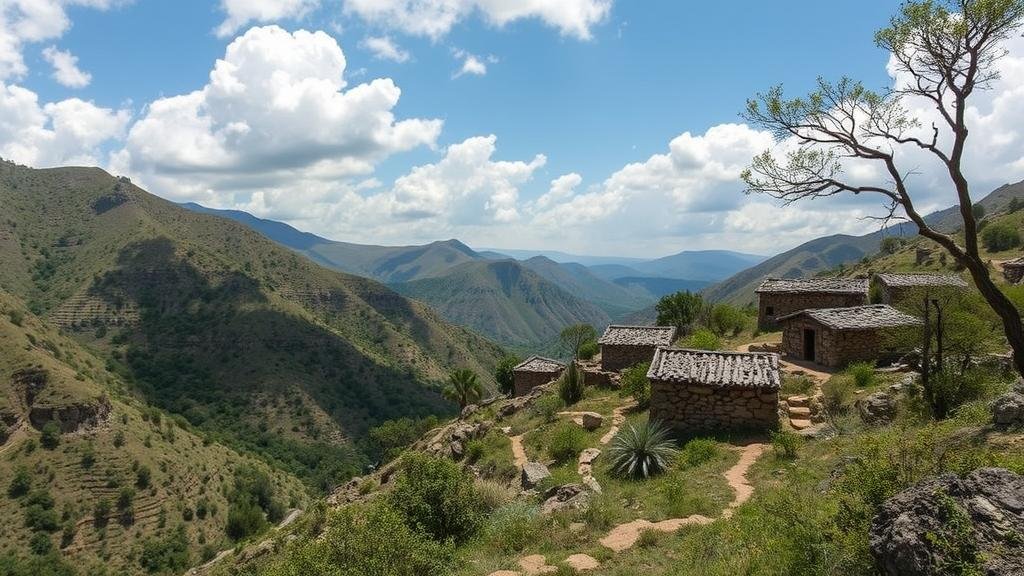Searching for lost Zapotec settlements in the rugged terrain of the Sierra Madre del Sur.
Searching for Lost Zapotec Settlements in the Rugged Terrain of the Sierra Madre del Sur
The Sierra Madre del Sur, a sprawling mountain range in southern Mexico, is not only known for its breathtaking landscapes but also for its historical significance. Among its many secrets are the long-lost settlements of the Zapotec civilization, who once thrived in this region. Recent archaeological efforts aim to rediscover these ancient communities, providing invaluable insights into the lives of the Zapotecs and their cultural heritage.
The Zapotec Civilization: A Brief Overview
Originating around 500 BCE, the Zapotec civilization is one of the earliest known societies in Mesoamerica. established their major urban center, Monte Albán, in the central valleys of Oaxaca before extending their influence into the Sierra Madre del Sur. Notably, the Zapotecs are recognized for their advancements in writing, mathematics, and monumental architecture.
The Challenge of Geography
The Sierra Madre del Sur presents formidable challenges for archaeologists. Its rugged terrain, characterized by steep slopes, dense forests, and remote locations, can hinder archaeological surveys and excavations. This complexity necessitates the use of sophisticated technology and innovative techniques.
For example, the use of LiDAR (Light Detection and Ranging) technology has become invaluable. This method allows researchers to create detailed topographic maps of the region by scanning the ground from a helicopter, bypassing the dense tree canopy. A study published in 2020 indicated that LiDAR technology uncovered potential new sites that had previously gone unnoticed due to foliage cover.
Recent Discoveries
In the last decade, several significant discoveries have been made in the Sierra Madre del Sur that add to our understanding of Zapotec settlements. In 2021, a team from the University of California, Santa Barbara, uncovered artifacts at a site believed to be a ceremonial center. These artifacts included ceremonial vessels and stone tools, dating back to 100 CE, providing evidence of the cultural practices of the Zapotec people.
Connecting the Dots: The Zapotec Network
One of the key findings from these exploratory efforts is the connection of various settlements across the Sierra Madre del Sur. Archaeologists hypothesize that these areas were linked through trade routes and shared cultural practices. For example, the trading of goods such as obsidian, which was used for tools and weaponry, indicates a sophisticated understanding of resource distribution.
Real-World Applications of Discoveries
The rediscovery of Zapotec settlements contributes to both academic knowledge and practical applications in modern society. For example, insights into ancient agricultural practices can help improve contemporary methods. The Zapotecs developed sophisticated terrace farming techniques to cultivate their crops on steep slopes, a practice that can inspire sustainable agriculture in similar terrains today.
Conclusion: The Ongoing Quest for Knowledge
The search for lost Zapotec settlements in the Sierra Madre del Sur is not merely an archaeological endeavor; it is a quest for understanding a rich cultural legacy. As researchers continue to delve into this rugged region, the potential for new discoveries remains high, holding the promise of revealing more about the lives and practices of the Zapotec civilization.
Actionable Takeaways
- Stay informed about archaeological advancements in the Sierra Madre del Sur.
- Consider supporting organizations focused on preserving Mesoamerican heritage.
- Explore opportunities for sustainable agriculture that draw inspiration from ancient practices.


